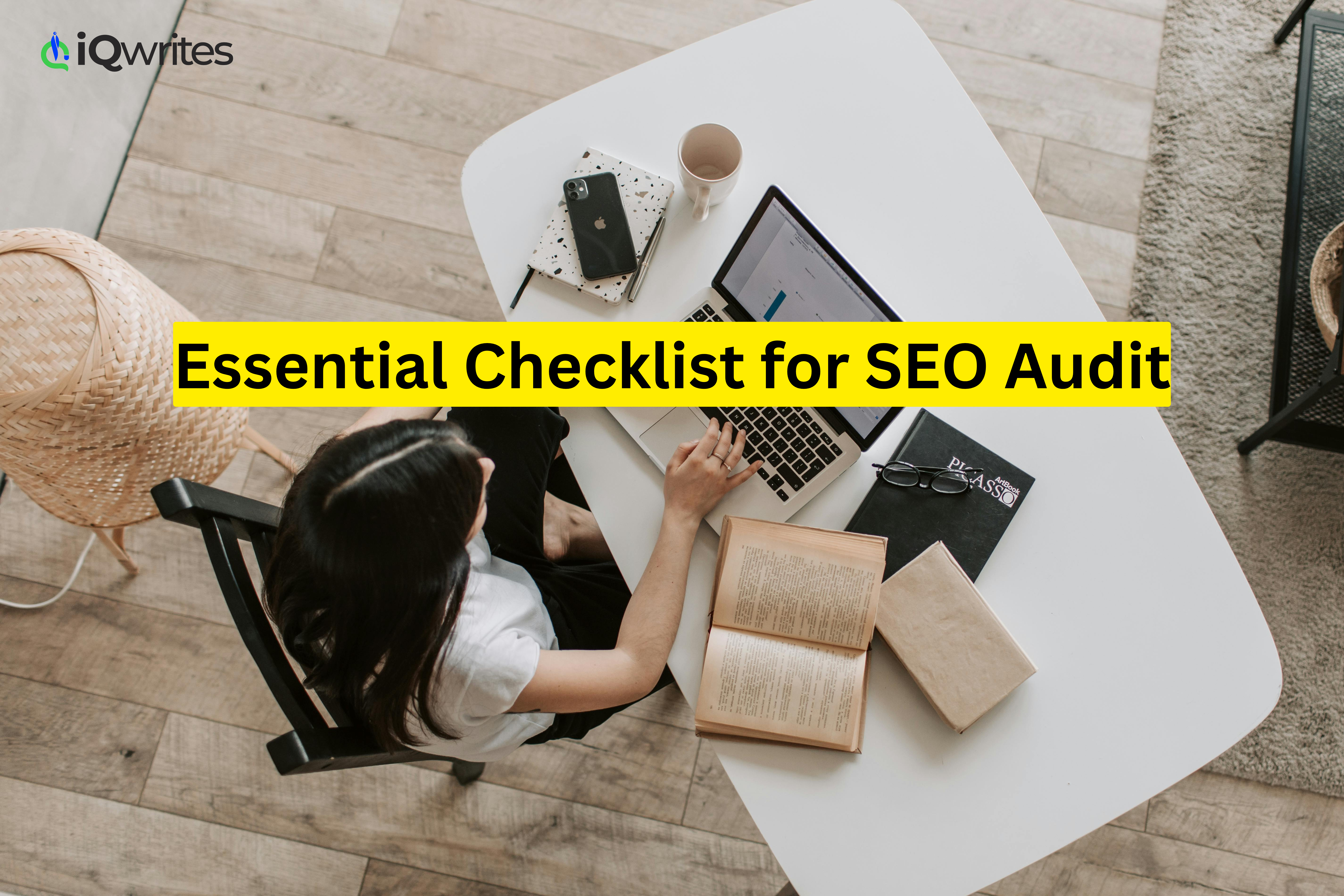Conducting an SEO audit is crucial for maintaining and improving your website’s performance in search engine rankings. It helps identify issues that may be hindering your site’s visibility and usability.

You must perfectly understand your audience or target customer before starting an SEO audit.
Why Understand your Audience?
SEO is done to get more leads or sales. Leads or sales will come only if you target a relevant audience. The focus should be on relevant traffic
A lot of SEO parameters including:
- Targeted keywords
- Title
- Description
- Content
- FAQ
- Heading Tag
- Navigation
They should be optimized as per audience category. For Example:
If you are targeting value seekers then these words will help i.e. Pricing, Offers. But, in case you are targeting an affluent audience. Focus on giving them a luxury experience.
Yes! a good SEO expert starts the SEO process by understanding the audience. Like. this create at least 2-4 personas for each product or service you offer.
Ask the following questions to identify your audience:
- Age Group
- Hobbies
- Location
- Qualification
- Gender
- Decision Make or Influencer
- Income Group
Here’s a comprehensive checklist of key considerations to ensure your audit is thorough and effective.
1. Crawlability and Indexability
a. Robots.txt File
- Check your robots.txt file to ensure that it’s not blocking important pages from being crawled.
b. XML Sitemap
- Verify that your XML sitemap is up to date and submitted to search engines. It should include all important pages and be free of errors.
c. Crawl Errors
- Use tools like Google Search Console to identify crawl errors and resolve them promptly.
2. Site Structure and Navigation
a. URL Structure
- Ensure your URLs are clean, descriptive, and use keywords where appropriate. Avoid long and complex URLs.
b. Internal Linking
- Review your internal linking strategy. Links should connect relevant content and help distribute page authority.
c. Navigation Menu
- Make sure your navigation is user-friendly and intuitive, allowing users to easily find important content.
3. On-Page SEO Elements
a. Title Tags
- Check that each page has a unique title tag that accurately describes the content and includes relevant keywords.
b. Meta Descriptions
- Ensure every page has a compelling meta description that encourages clicks and includes target keywords.
c. Header Tags
- Use header tags (H1, H2, H3) appropriately to structure your content and highlight key topics.
4. Content Quality
a. Duplicate Content
- Identify and resolve any duplicate content issues, as they can negatively impact your rankings.
b. Content Relevance
- Evaluate your content for relevance and quality. It should be informative, engaging, and updated regularly.
c. Keyword Optimization
- Ensure that your keywords are used naturally throughout your content, without overstuffing.
5. Mobile-Friendliness
a. Responsive Design
- Confirm that your website is mobile-friendly and adapts well to different screen sizes.
b. Page Speed
- Use tools like Google Page Speed Insights to analyze your site’s load speed. Optimize images, scripts, and overall performance.
6. Technical SEO
a. HTTPS Security
- Ensure your website is secure by using HTTPS. Check for any mixed content issues.
b. Schema Markup
- Implement schema markup to enhance your search listings and improve visibility in SERPs.
c. Canonical Tags
- Use canonical tags to prevent duplicate content issues and specify preferred versions of pages.
7. User Experience (UX)
a. Bounce Rate
- Analyze your bounce rate and time on page metrics. High bounce rates may indicate usability issues.
b. Page Layout
- Review your page layout for clarity and ease of use. Content should be easy to read, with adequate whitespace.
8. Backlink Profile
a. Quality of Backlinks
- Use tools like Ahrefs or Moz to evaluate your backlink profile. Focus on quality over quantity.
b. Disavow Toxic Links
- Identify and disavow any toxic or spammy links that may harm your site’s reputation.
c. Competitor Analysis
- Analyze competitor backlinks to uncover new opportunities for link building.
9. Analytics and Performance Tracking
a. Google Analytics
- Set up and regularly review Google Analytics to monitor traffic, user behavior, and conversion rates.
b. Goal Tracking
- Ensure that goals and events are properly tracked to measure the success of your SEO efforts.
c. Regular Reporting
- Create regular SEO reports to evaluate performance over time and adjust strategies as needed.
Bonus Tip
If you already have a customer base, then select 2-4 present customers and use them as a persona for each product.
Final Verdict!
An effective SEO audit requires attention to detail and a systematic approach. By following this essential checklist, you can identify critical areas for improvement and set your website on the path to better visibility and higher rankings. Regular audits will not only keep your site optimized but also help you stay ahead in the ever-evolving world of SEO.

